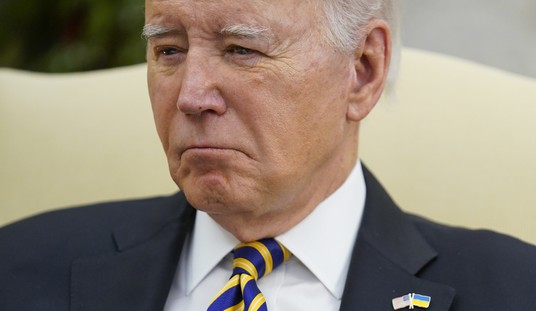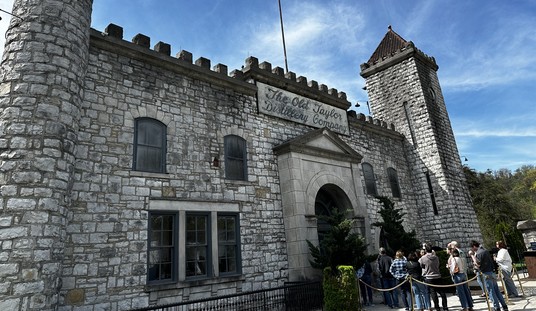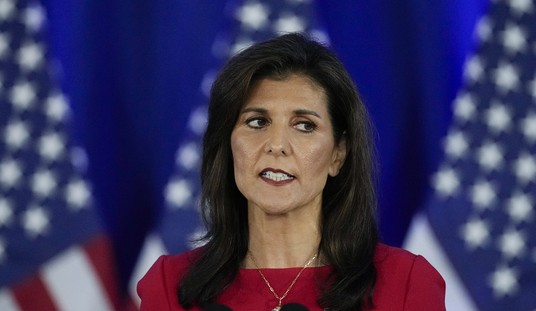Chanukah, the eight-day Festival of Lights, starts this year on Wednesday evening, the only time it has ever just about coincided with Thanksgiving.
Chanukah, which celebrates the triumph of the few over the many, of light over darkness, goes back over two millennia to a time when Judea was under the rule of the Seleucid Empire. In 198 BCE the Seleucid King Antiochus III ousted the Egyptian ruler Ptolemy V from Judea. Antiochus III was a tolerant ruler who wanted the Jews to practice their religion as they saw fit.
His son and successor Antiochus IV, however, was a different story. In 168 BCE, under his reign, the Second Temple in Jerusalem—the focal point of Jewish worship—was looted, Jews were massacred, and Judaism was outlawed. In 167 BCE, Antiochus IV had an altar to Zeus built in the Temple, banned circumcision, and ordered pigs to be sacrificed at the Temple’s altar.
It was what one might call a cultural genocide. Not an attempt at the wholesale destruction of the people themselves, but of their values, beliefs, and identity. According to Jewish tradition, it may have succeeded—without the revolt.
The revolt against Antiochus IV began that same year, 167 BCE, in the Judean foothills and was led by Mattathias, a Jewish priest, and his five sons John, Simon, Eleazar, Jonathan, and Judah. The next year Mattathias died and his place was taken by Judah—Judah the Maccabee (“Hammer”). By 165 BCE the revolt had succeeded; the Maccabees and their followers had ousted the monarchy, liberated the Temple, and rededicated it to their God.
It was during this process that, according to the Talmud, the miracle of Chanukah occurred. The Maccabees discovered that almost all the ritual olive oil in the Temple had been contaminated; they found only one container with enough pure oil to keep the Temple’s menorah (candelabrum) lit for one day. But when they used it, it burned for eight days—enough to prepare more of the kosher oil. Jews have been lighting a menorah—or chanukiah as it’s now called in Israel—on Chanukah ever since.
Growing up in a secular Jewish family in upstate New York, I gained the impression—like so many others—that Chanukah was a major Jewish holiday, comparable to Christmas. “Chanukah presents” were a thrill equivalent to birthday presents, and the Chanukah lights of the menorah seemed a sort of counterpart to Christmas lights.
Actually, presents were not part of the traditional Chanukah and the practice was adopted to allay Christmas-envy among Jewish kids in the Diaspora. And Chanukah as a whole is a minor, post-biblical holiday, its story recounted in the non-canonical first and second Books of the Maccabees. Unlike the major biblical holidays of Passover, Shavuot, Rosh Hashanah, Yom Kippur, and Sukkot, Chanukah entails no Sabbath-like prohibitions on work or study.
And yet it remains a popular, historically resonant holiday. In the prestate period in Israel, when the new-old Jewish polity was being built in the face of great odds and severe hostility, Chanukah was emphasized and seen as especially congruent with the evolving ethos.
As David Ben-Gurion, leader of the prestate community and later Israel’s first prime minister, wrote in 1953:
The struggle of the Maccabees was one of the most dramatic clashes of civilizations in human history, not merely a political-military struggle against foreign oppression…. The meager Jewish people did not assimilate, as did many peoples. The Jewish people prevailed…and enhanced their independence and unique civilization.
Though Israel is by now a bit less new and novel, all those elements are still with us: survival against odds, defiant self-assertion, the clash of civilizations. Chanukah is a powerful affirmation centering on the metaphor of light, light that burns much longer than the laws would predict.










Join the conversation as a VIP Member